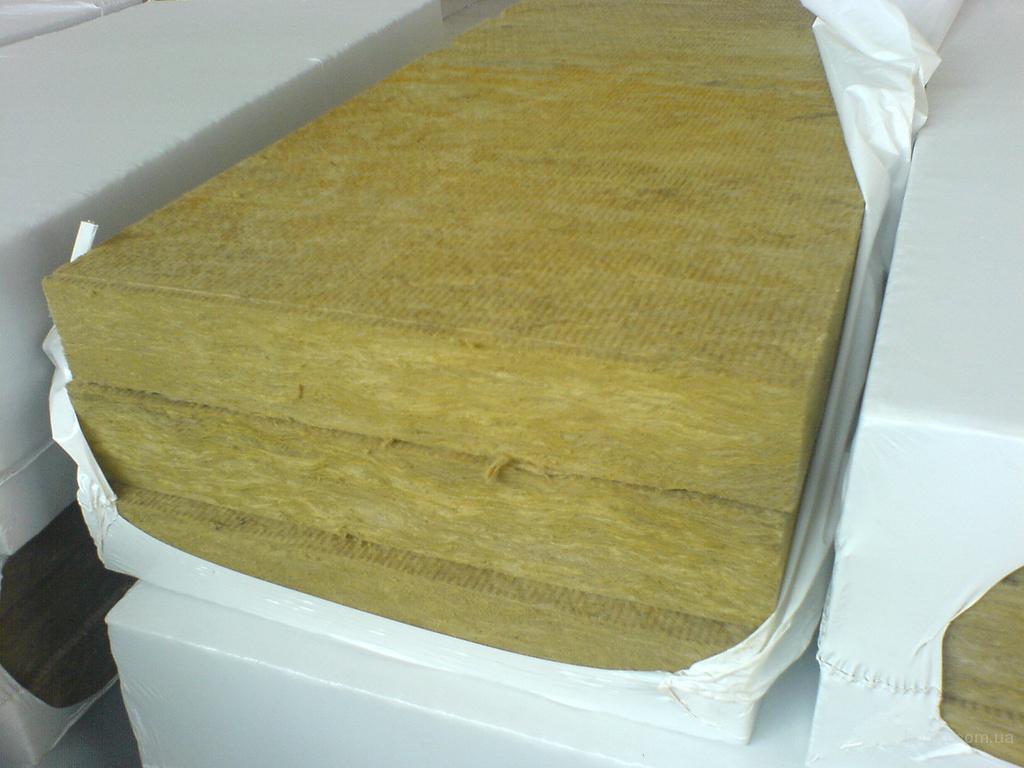
Hello! I would like to know the answer to my question. I’m building a country house near Krasnoyarsk and then the question arose about choosing a heater. He made a choice in favor of basalt slabs. What should be their thickness for walls and roofs?
The choice of insulation thickness
 Insulation is an essential component in the construction of any home. Heat should always remain in the house, and not go out through the roof to the street. So that in winter it is always warm and cozy, and in the summer the house is not exposed to significant overheating, this is what the insulation is for.
Insulation is an essential component in the construction of any home. Heat should always remain in the house, and not go out through the roof to the street. So that in winter it is always warm and cozy, and in the summer the house is not exposed to significant overheating, this is what the insulation is for.
The choice of insulation thickness must be approached taking into account many factors. First of all, proceed from the weather conditions in the places of residence, and also take into account the coefficient of thermal conductivity of the material itself.
Basalt slabs
Basalt slabs will be an excellent solution to this issue, they have a number of significant advantages. Firstly, a sufficiently long service life, and secondly, rodents do not start in them, as in other types of insulation. Moreover, it has a very low coefficient of thermal conductivity, and in terms of installation, no special fasteners are required.
Modern basalt slabs are a completely new technological material that does not at all look like glass wool used in Soviet times.
Depending on the temperature in the winter and summer, we can conclude what kind of thickness of the basalt insulation will be most optimal for walls and ceilings.
When using various heaters, there are special building codes that all organizations involved in the construction of country houses should adhere to during construction.
If you adhere to SNiP 23-02-2003, then for walls and ceilings there should be different numbers. Since Krasnoyarsk belongs to Siberia, the winters are quite cold, and therefore a heater with a thickness of 20 centimeters should be laid for the walls, and for ceiling ceilings it should be at least 50 centimeters.
And to find out the required thickness, you can independently calculate all the parameters using the mathematical approach and calculation methods that can be found on the Internet.
All calculations are based on the standard values of heat transfer resistance for the region (Rр) and the coefficient of thermal conductivity of the material (for example, for basalt wool).





Alas, no comments yet. Be the first!